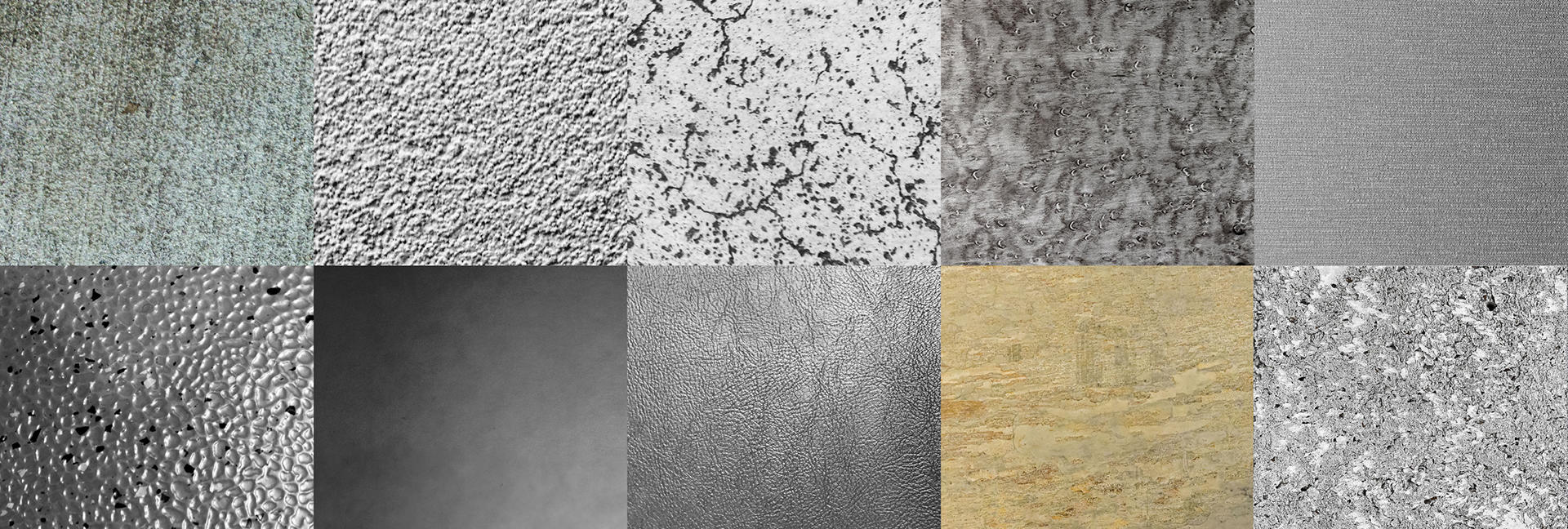
Simply select the images from your HDR bracket and drag them into the extension window where you’ll see the small previews with the Exposure Value settings along with the optional settings for Alignments, Ghost Reduction, and Chromatic Aberration removal. Just like the other extensions, HDR Merge is located on the right-hand side of the application when in the Catalogue view. The extension (which effectively replaces Aurora HDR) can auto-align the images (handheld or on a tripod), remove any ghosting from objects moving in the frame like trees, clouds, or people, and even reduce/remove Chromatic Aberration present in the image stack that creates any purple or green fringe along the edges of the photo. Luminar Neo’s HDR Merge extension allows users to digitally merge three or more images (Supporting up to ten images) together to create a High Dynamic Range (HDR) image with better “composited” details from the highlights and shadows. 200% zoom detail resized 200% Zoom Details Original The new extension uses artificial intelligence to analyze the image and instead of just using one pixel in to multiple (as traditional upscaling programs would do), it predicts and inserted new details into the image, which allows users to enlarge their photos to a maximum of 32,000 pixels on the long edge while keeping, and in some cases even increasing the level of detail. original with upscaled image stacked together The program uses a “smart algorithm to increase the image size while maintaining as much detail and quality as possible, helping users prepare their older or smaller scale images for higher resolution screens, large scale printing, and projects rendering in 4k and 8K resolutionsĪs an example, here is a sample image that has been increased by 6x and zoomed in at 200% crop, versus the original image zoomed to the same area at 200%. Luminar Neo does some impressive heavy lifting at this point to increase the size while maintaining the quality (sharpness/detail) of the image. We’re talking about background replacements and things like that in a kind of “ship of Theseus” argument.Īre you interested in the Skylum Luminar Neo AI editor? Let us know your thoughts on Skylum’s latest product in the comments below.Ĭheck out some other photography news on Light Stalking at this link right here.Simply drag and drop the image you want to be upscaled from your Luminar Neo Catalogue into the extension window and select the level of enlarging you want to have applied. Nonetheless, there are a lot of questions surrounding this kind of technology, the least of which is whether it strips out some of the art in taking the editing out of the photographer’s hands. There’s the annual subscription option, at $USD 59 and $USD 118 for the Luminar Neo, Luminar X Membership, and Soulful Panorama package for consumers that want to purchase it outright, the first option is $USD 79 and the second is $USD 138.ĪI is a pretty big trend in photography and there’s little doubt it can do some amazing things. In terms of purchase options, Luminar Neo gives consumers more than a few choices. For photographers that are looking for an AI editing solution, Luminar Neo definitely covers all of the major bases. There’s sky replacement, object removal, creative editing options, and integration with a mobile app.



Portrait Background Removal (AI): As it says, this features edits out the background using Mask(AI), Luminar Neo’s object detector.ĭust Removal (AI) removes blemishes from the photo.Īnd that’s just a few of the major features. Relight (AI): Creates a 3D map of your 2D image and lets you adjust things like lighting in the image. Here are some of the highlighted features: Luminar Neo uses artificial intelligence Skylum developed specifically for the purpose of editing photos and letting the AI do all the work. It’s a pretty simple concept to understand.

Skylum’s new Luminar Neo was released to the public and it’s got the photography press singing its praises.


 0 kommentar(er)
0 kommentar(er)
